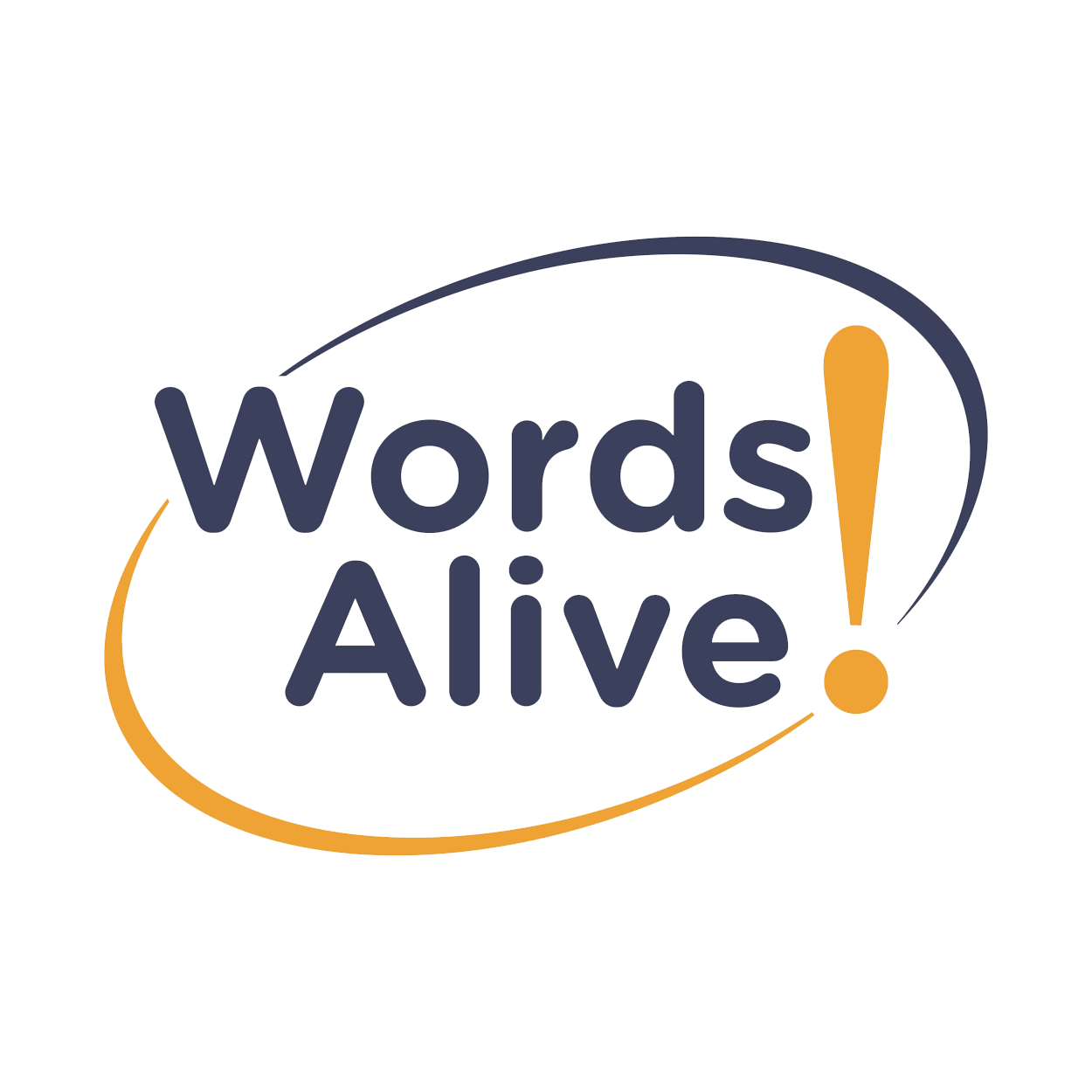If you have a minute, please fill out this simple form telling us how you found this blog post. Thanks!
By Jennifer Van Pelt
“Stories are our primary tools of learning and teaching, the repositories of our lore and legends. They bring order into our confusing world. Think about how many times a day you use stories to pass along data, insights, memories or common-sense advice.”
This quote by Edward Miller sourced by The Storyteller Agency encompasses how important storytelling has been and continues to be in every person’s life. Stories are what we grew up hearing, teaching us between right and wrong. We came running home from school, eager to tell our parents stories about our day. As we grow up, it’s a way to express ourselves through courses and college entrance exams, how we sell ourselves to potential employers. As an adult, the art of storytelling is a necessary skill in many careers to sell products to future customers or to let others learn from our mistakes. The stories we were told as children that stuck with us our entire lives will continue to be passed down for generations, serving the same benefit as it did for us. As we think about how prevalent stories are in our lives, let’s walk through the history of storytelling, from ancient history to present day.
Early Beginnings of Storytelling
An image from the Chauvet Cave, depicting multiple rhinos.
In a Princeton Publication titled “The Irresistible Fairy Tale: The Cultural and Social History of a Genre” by Jack Zipes, he stated that humans have been telling stories since we had the ability to speak, and potentially by forms of sign language even before that. Though these stories tended to mark an occasion, set an example, or warn about danger, they also sought to explain the inexplicable through forms of fairy tales or tall tales. Though to date, we do not have any recordings of these original stories, we have discovered proof of visual representations of stories from our late ancestors. The Chauvet cave in France is the oldest representation of storytelling found thus far, dating to 36,000 years ago. The cave paintings are believed to tell the story of a volcanic eruption, according to an article published on News.Artnet.com. Later forms of visual storytelling can be found in Egyptian hieroglyphics from around 3,000 B.C., which mixed pictographic symbols and sounds in order to tell a story. In “The Evolution of Storytelling” on reporter.rit.edu, it is mentioned that these stories were for religious documentation and to give messages to future generations and inhabitants.
Early Written Language
Around 700 B.C., there is evidence of the first recorded stories that include the Epic of Gilgamesh and the Iliad by Homer. The fact that these stories were recorded enabled them to spread quickly and widely across the world. Around this same period, there are other surviving stories that are still widely known today, which can be attributed to the fact that they were able to be recorded and written down, including those now known as Aesop’s Fables. Without the written language to record these stories that originated as person-to-person tales, they may not have lasted for over 2,000 years.
Modern Day Storytelling
Today, we tell stories through multiple methods of illustrations, written word, and oral storytelling. What began in the early stages as cautionary tales or part of ceremonial practices, has evolved into a method of exploring emotion, developing vocabulary, and strengthening overall cognition. Storytelling is important in all cultures to not only hear, but also to tell.
At Words Alive, we understand the importance of this and encourage our participants to relate their experiences to the books we read aloud and to join in telling their story to let their voices be heard. If you are interested in helping us build literacy skills for youth in San Diego, visit our website here to learn more details about sponsorship opportunities for our upcoming Author’s Luncheon!
You can help Words Alive connect students and families to the power of storytelling, by making a $25 donation today. Click here!
Sources:
http://thestorytelleragency.com/goodreads/50-best-quotes-for-storytelling
http://assets.press.princeton.edu/chapters/s9676.pdf
https://news.artnet.com/art-world/chauvet-cave-paintings-404753

